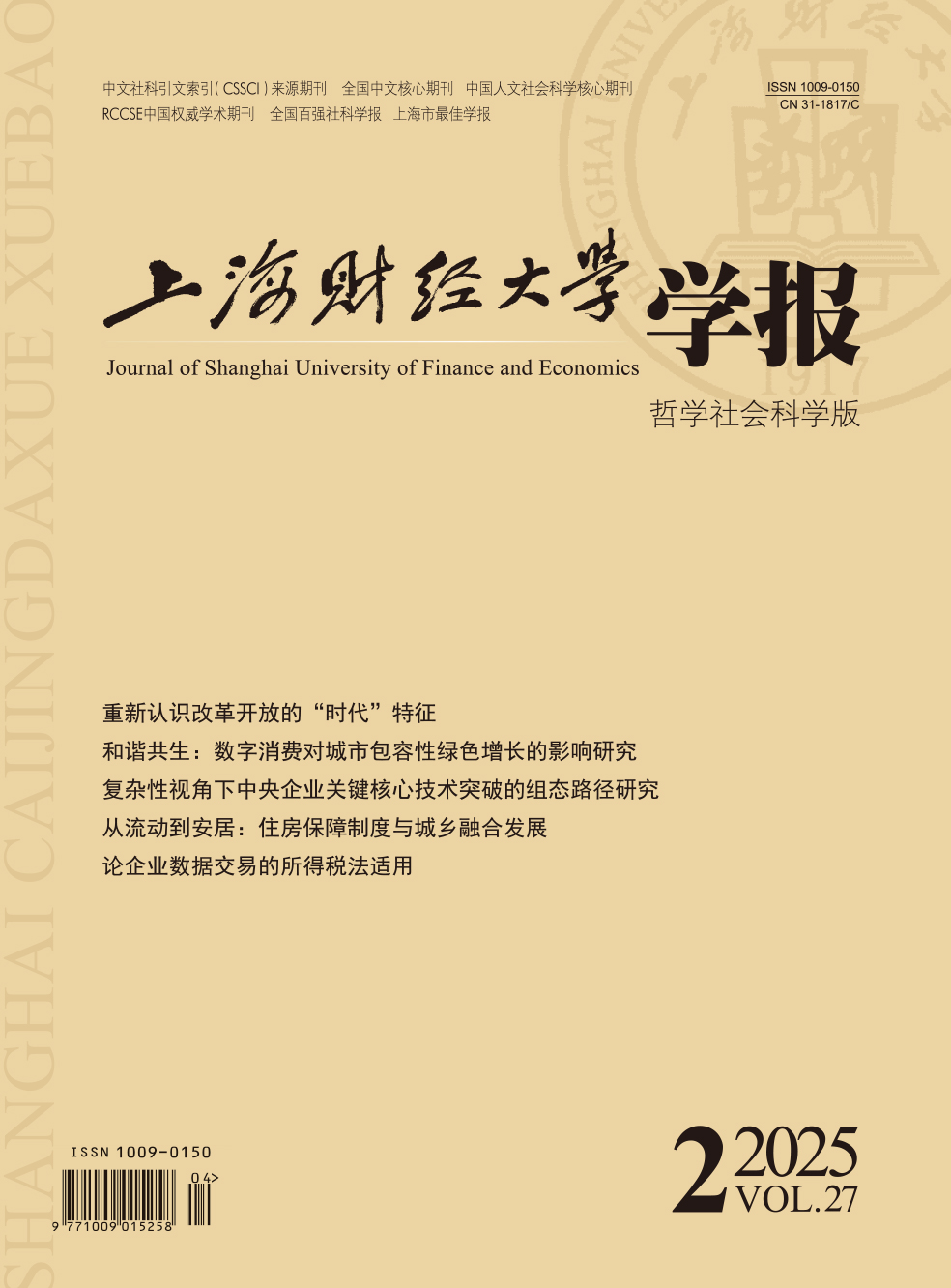In view of state-owned enterprises system dependence, poor job mobility and excessive government intervention in Northeast China and this special phenomenon of the theoretical deviation from the fact that the matching degree of industrial structure and employment structure in Northeast China is superior to eastern coastal areas, based on two kinds of indicators reflecting the degree of industrial structure optimization, namely industrial structure supererogation and industrial structural deviation degree, this paper makes theoretical analysis and empirical test to provides a new explanation of factor allocation and the industrial structure evolution mechanisms of state-owned and non-state-owned enterprises from a perspective of labor migration. Then in the framework of labor return migration, it gives suggestions about how to reverse a decline in industrial structure supererogation in labor outflow areas like Northeast China and avoid the deviation of industrial structure from employment structure. The results show that a reduction in labor factor supply resulting from labor migration leads to sliding capital return rate and industrial structure supererogation, and an increase in labor factor supply resulting from labor return migration accelerates rising capital return rate and industrial structure supererogation. Labor migration and return migration lead to highly inter-provincial differentiation of industrial structure direct, but the inter-provincial evolution of the deviation of industry structure from employment structure is the indirect result of labor outflow and return migration after the division of state-owned and non-state-owned enterprises. The initial value of state-owned enterprises in Northeast China is relatively high, so the deviation degree of its industrial structure from employment structure is better than that of the eastern coastal areas and return migration areas. But after controlling output share of state-owned enterprises, labor factor reduction significantly accelerates the deviation of industry structure from employment structure and an increase in factor supply resulting from labor return migration reverses the deterioration of industrial structure and avoids the deviation of industry structure from employment structure, finally promoting the optimization and upgrading of industrial structure. Factor allocation and industrial structure research in the framework of labor return migration provides certain references for grasping economic growth rule at present stage, revealing the economic development troubles and putting forward targeted " prescription” in Northeast China, and finally avoiding population losses and productivity efficiency & economy differentiation. If labor return migration could be promoted significantly, labor return migration could not only retard or prevent absolute and relative insufficiency of labor and capital factor supply in the process of economic growth, but also highly increase industrial structural supererogation and the matching of industrial structure and employment structure. Moreover, industrial structure supererogation is an effective response of labor productivity. And productivity improvement could promote wage rise, finally forming a virtuous cycle of rising wages, increasing labor factor supply, optimizing industrial structure and continually rising wages.
 / Journals / Journal of Shanghai University of Finance and Economics
/ Journals / Journal of Shanghai University of Finance and EconomicsJournal of Shanghai University of Finance and Economics
LiuYuanchun, Editor-in-Chief
ZhengChunrong, Vice Executive Editor-in-Chief
GuoChanglin YanJinqiang WangWenbin WuWenfang, Vice Editor-in-Chief
Factor Allocation and Industrial Structure Optimization in Labor Return Migration: Also Focus on “Northeast Dilemma” and “Northeast Prescription”
Journal of Shanghai University of Finance and Economics Vol. 20, Issue 03, pp. 29 - 43 (2018) DOI:10.16538/j.cnki.jsufe.2018.03.003
Summary
References
Summary
Cite this article
Sun Wei, Liu Zhichao. Factor Allocation and Industrial Structure Optimization in Labor Return Migration: Also Focus on “Northeast Dilemma” and “Northeast Prescription”[J]. Journal of Shanghai University of Finance and Economics, 2018, 20(3): 29-43.
Export Citations as:
For




 5601
5601  6966
6966

